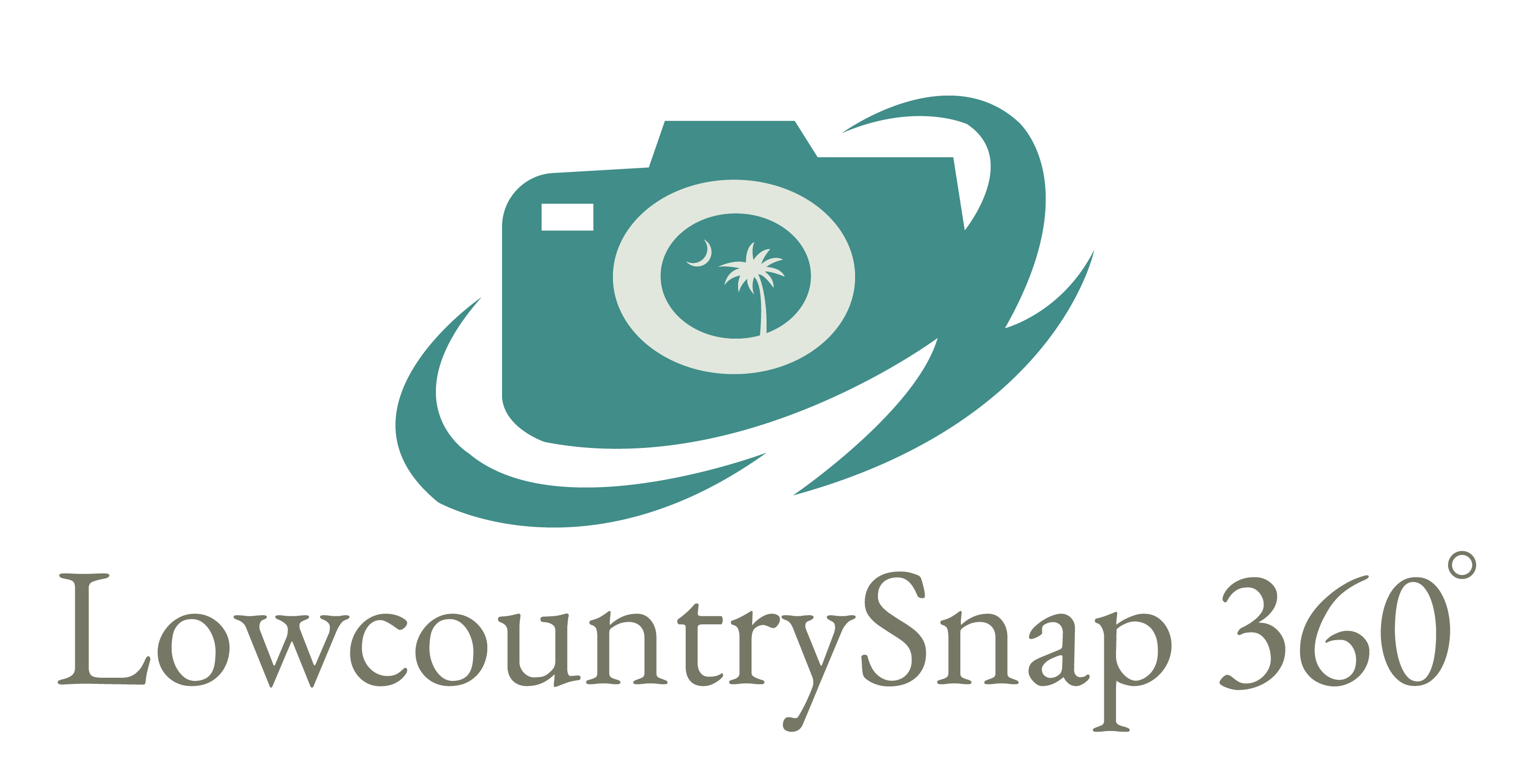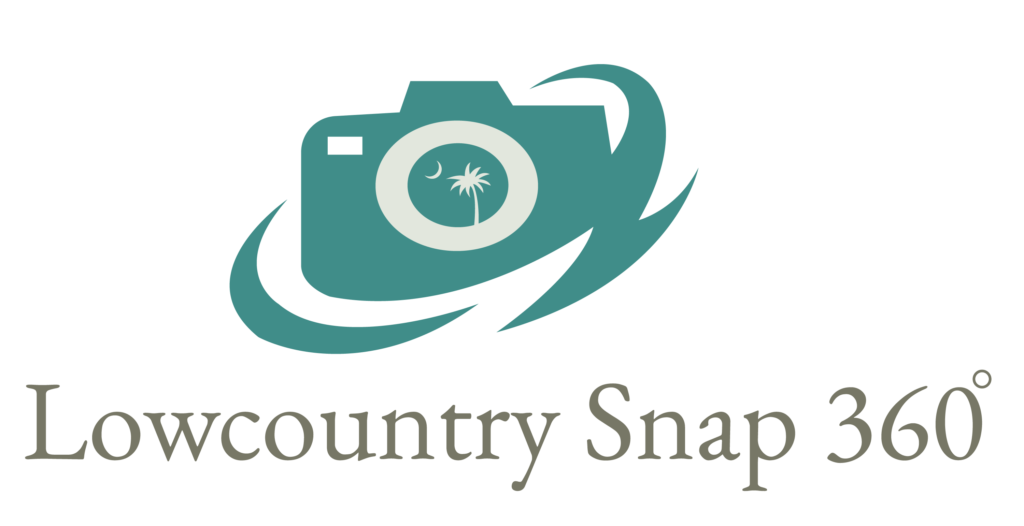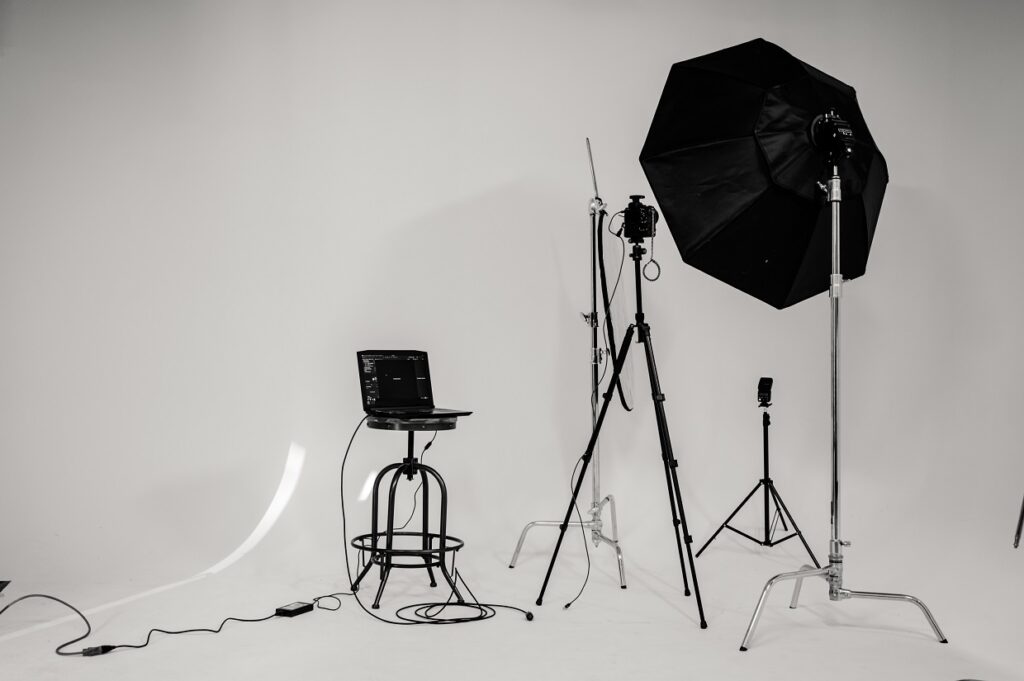When you’re practicing portrait photography, it’s important to distinguish between face angles and camera angles so you can improve your skills. But what are the differences between these two?
Face angles
Face angle, also known as facial view, is the part of the subject’s face that’s angled toward the camera. If you’ve ever heard someone refer to their “good side,” they’re talking about their best angle, or the direction that they like to be photographed from.
There are a variety of face angles that you can use in portrait photography. While some subjects feel confident and look their best at any angle, other portrait subjects prefer being photographed from a certain angle or direction. For better photos that flatter subjects, portrait photographers should pay careful attention to face angles as they shoot.
Camera angles
The camera angle is the location and camera-height position in conjunction with the portrait subject. Potential camera angles include shooting from the subject’s eye level, shooting from below for a low camera angle, shooting above for high camera angles, and shooting from either side of the subject.
Some camera angles are more flattering than others. For example, a low camera angle often results in a double chin if the subject looks down at the camera, while a high camera angle elongates the neck and is often flattering, creating a slimmer look.
The best camera angles typically feel relatively natural. Extreme angles tend to feel uncomfortable, both for the subject and the viewer of the image.
What are the most common face angles in portrait photography?
If you explore professional portrait images in magazines, books, and on social media, you’ll typically find that all portraiture is a variation on a theme. Common face angles are used time and time again for a reason: they work well and result in flattering portraits.
Here are a few of the most common face angles you’ll come across in portrait photography.
Full face angle
Full-face portraits feature the subject’s entire face. With this pose, the subject is squared up with the camera lens, and both eyes and ears are equally visible. This is among the best angles for portrait subjects who have a very symmetrical face, but if your subject has an asymmetrical face, this angle may not be as flattering.
Close-up, full-face portraits tend to be very engaging and feel honest and realistic, especially when photographed at eye level.
¾ face angle
The ¾ view is universally flattering for most portrait subjects. This angle is achieved by starting in the full-face angle and then asking the subject to turn their face slightly away from the camera. In this angle, only one of the ears is visible, but both eyes are equally visible.
Some subjects may prefer to turn their face in one direction or another to show off their good side.
⅔ face angle
The face angle in this pose is a bit more extreme. The ⅔ view is achieved by turning the face even farther away from the camera.
For the most natural look, make sure the tip of the subject’s nose doesn’t break the plane of their far cheek. You can help flatter your subjects by ensuring their face isn’t turned too much. With too much head turn, a subject who looks at the camera may seem awkward. Pay careful attention to their eye positioning, too.
This pose is a delicate balance and may take some practice to achieve flattering results.
Profile face angle
The profile face angle is less common in posed portrait photography, but you may find it in candid photography. With this pose, the subject’s face is at a 90° angle from the camera. Looking at the camera in this pose is very unnatural, so it’s best to let the subject look in the direction that their face is pointing.
Using multiple angles for successful portraiture
When photographing a portrait subject, it’s best to capture a variety of face angles. You never know what angle will result in the most flattering images. Even if a subject has a pose that they prefer to try, make sure you test out other angles as well.


